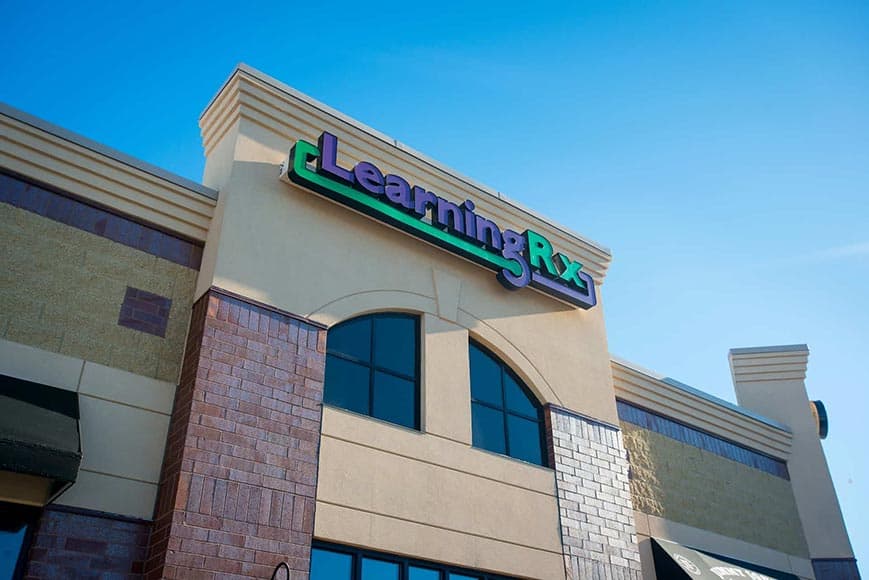5+ Strategies to Help Kids who Struggle with Transitions
Transitions can be challenging for kids, especially those who struggle with change and unpredictability. Whether it’s moving from one activity to another, changing schools, or adjusting to new routines, these shifts can lead to anxiety, frustration, behavioral issues, and emotional outbursts. Helping kids who struggle with transitions should start with asking a question: WHY is it so hard? What’s at the root? And once you’ve determined that, there are clear avenues to help support them.
Possible Root Causes of Struggles with Transitions
When you start looking for ways to help your kids, digging deeper is a critical first step. All learning and processing goes through a network of cognitive skills, and weaknesses in any of these areas could contribute to their struggles with transitions. Here are a few examples…
- Weak processing speed often looks like an inability to efficiently switch between tasks. It takes so much mental effort to stop one thing and get started on another that it’s overwhelming to a lot of kids (and adults).
- Lack of problem-solving or reasoning skills come into play when kids can’t see the “why.” Why should they stop playing their video game and go outside? Why do they need to put down the book to come to dinner? Why does it feel like they just got started and you’re already saying it’s time to go? All of these scenarios can stem from weak logic and reasoning skills.
- Poor cognitive flexibility impacts your child’s ability to think outside the box or go against what they had planned in their head. When they have one plan and things change, can they transition to the new set of plans and expectations? If not, this is an important area to support and build up their capacity and resilience.
- Other cognitive deficits can also come into play. In order to identify your child’s unique cognitive profile and which skills are impacting their learning and processing abilities, we recommend a comprehensive cognitive assessment. You may be surprised how many areas of life are impacted by even one slightly deficient skill!
Practical Strategies to Support Kids Who Struggle with Transitions
1. Create a Predictable Routine
Having a consistent daily schedule helps children know what to expect, which can reduce anxiety about transitions. Display a visual schedule at home, outlining the day’s sequence of activities. Include images and colors to make it engaging. Review the schedule together at the start of each day, and give reminders before transitioning from one activity to another.
Tip: Have a signal word or phrase when it’s time to switch gears or change activities. It can be something silly or relatable to your family to take the pressure off and create routines and rituals around transitions!
2. Use Visual Auditory, or Tactile Cues
Visual and auditory cues can signal upcoming transitions, providing children with a clear and consistent warning. Consider using timers, music, or visual countdowns to indicate when a change is about to happen.
Examples:
- Have a 5 minute visual timer (not just saying “5 more minutes” – that doesn’t mean anything to most kids). Simple sand timers or apps can be helpful for this so they can see the time passing.
- Instead of saying 10 minutes, say “3 more songs from your playlist” or something similar. Then they can listen for the transition time to come.
- Make things tactile. Instead of abstract time before each transition, make it task-based. “Read 5 more pages, then it’s time to come to the table,” for example.
3. Offer Choices When Possible
Giving children choices can empower them and reduce resistance to transitions. For example, if it’s time to leave the park, offer a choice between two activities to do at home, such as reading a book or drawing. This gives children a sense of control and can make transitions feel less abrupt.
4. Practice Transitioning and Make it Game-Like
Role-playing and practicing transitions can help children become more comfortable with change. For instance, you can play a game where you act out different scenarios, such as getting ready for school or moving from one class to another. Practice makes transitions familiar, reducing anxiety when they occur in real life.
You can even create game-like scenarios to help them practice quick switching. Set out 4-5 activities and set short timers (1-2 minutes each). When the timer goes off, they switch to the next thing, and so on. This is particularly helpful if your child struggles in a classroom when teachers change gears!
5. Provide Clear Instructions
Clear and simple instructions can make transitions smoother. Use short, direct sentences and make sure the child understands what is expected.
For example: Instead of saying, “We need to get ready to go,” say, “It’s time to put your toys away, put your water bottle in your backpack, and get in the car.”
Transitions are a part of everyday life, and while they can be challenging for some children, the right strategies can make a significant difference. By providing structure, support, and understanding, parents and educators can help kids navigate changes with greater ease and confidence. At LearningRx, we are committed to helping children build the cognitive skills they need to thrive in all aspects of life, including managing transitions. Contact us today to learn more about our programs and how we can support your child.







